Design is a big word. It’s used to refer to everything from graphic design to web design and everything in between. The best designers are able to take their vision, interpret it through the lens of their medium (graphic design or code), and then express that vision as clearly as possible with minimal waste. So what does this mean? It means that you have to know your tools, but also understand how they can be combined together in order to create something that looks good and works well on screen.
1. Proximity
Proximity is the way elements are grouped together. This can be done through proximity to each other or distance from each other, and it’s a key design principle in web design. Proximity is used to create visual hierarchy, contrast, and balance, which we’ll discuss below.
There are two types of proximity:
- Conventional Proximity – When objects are grouped together because of their similar function or characteristics. This type of grouping allows users to associate similar functions with one another—a common technique used in user interfaces (UIs). In many cases, conventional proximity also helps users understand how far away an object is from them based on its position within the UI (e.g., closer = easier to click; further away = harder).
- Inclusive Proximity – When objects are grouped together because they’re related to each other (e.g., an icon followed by the text that describes it). This type of grouping allows users to understand the relationship between these elements and how they work together—a common technique used in storytelling.
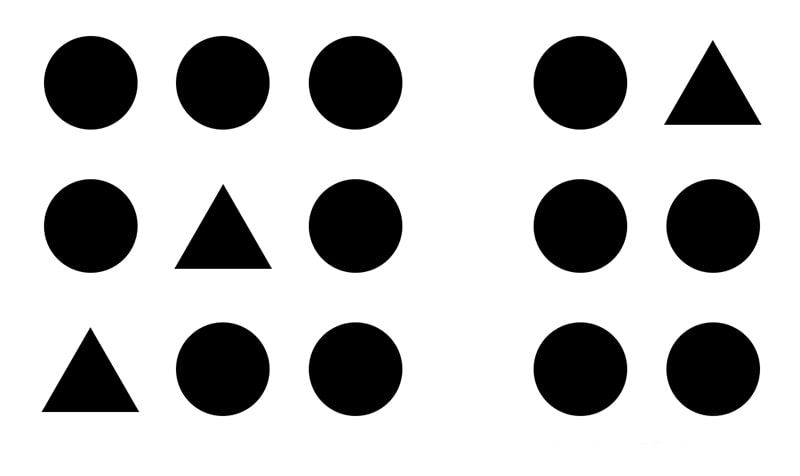
2. Contrast
Contrast is the difference between elements in your designs. Contrast helps make something stand out from the background and makes it more visible to the user. Contrast can be created through color, shape, size, and weight.
Contrast can also be used to create hierarchy and flow in a design by grouping similar items together through contrast.
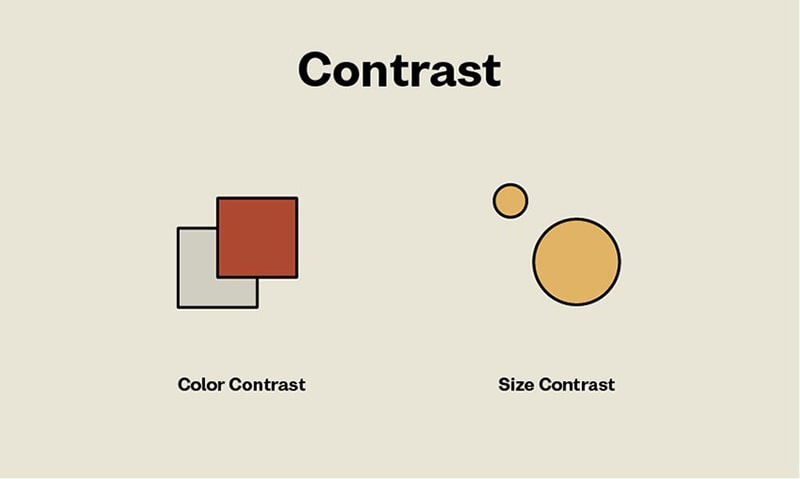
3. Consistency
Consistency is a vital component of any design, yet it’s often overlooked. Consistency helps users learn how to use your site and feel comfortable with the experience. It also maintains brand identity and provides a cohesive experience for your visitors.
Consistency can help with usability as well. If your website has a consistent layout, users will be able to navigate more quickly as they’re not having to figure out where things are located each time they visit a new page or section of the site.
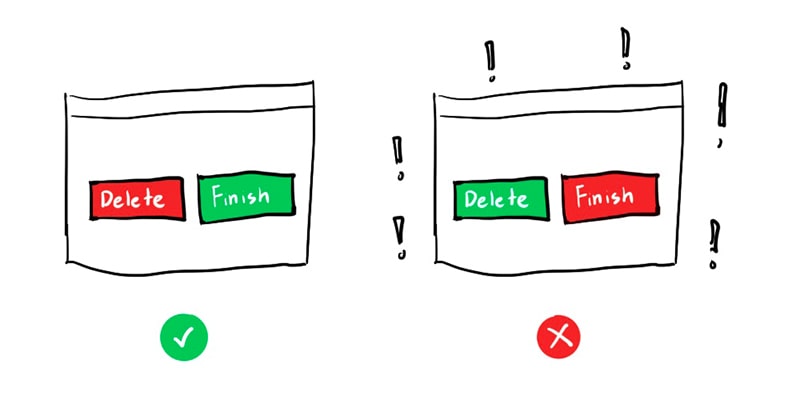
4. Alignment
Alignment is the position of elements in relation to each other. Alignment can be used to create a visual hierarchy, establish rhythm and balance, or create a sense of order and structure on your website.
- Visual Hierarchy
Aligning elements on your website will help the viewer see how items relate to each other. A strong alignment will help viewers navigate through your design easily by showing which item is more important than another.
- Rhythm and Balance
Aligning elements create a sense of rhythm and balance within your design. You may choose an asymmetrical alignment as well but it’s important to make sure there are enough similarities between all the different items so that they don’t feel disconnected from one another visually speaking!
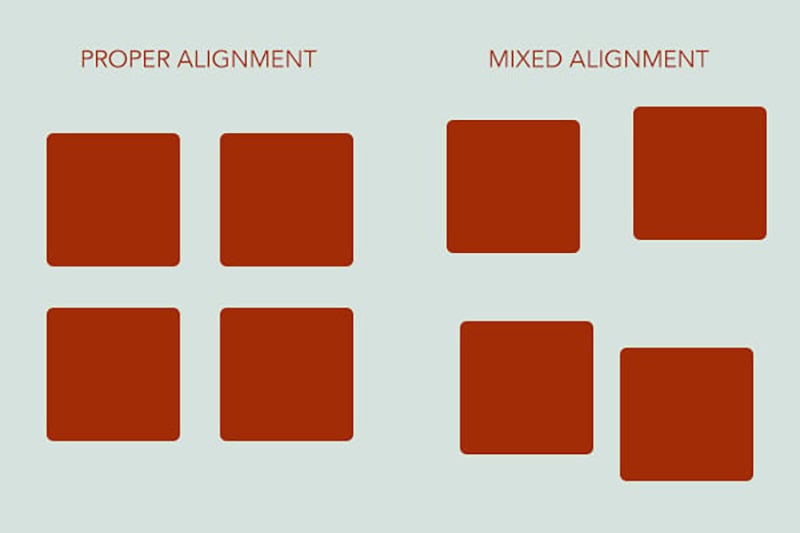
5. Repetition
Repetition is a design concept that describes the use of elements in close proximity.
It can be used to create a pattern or rhythm or to create visual unity. It can also be used to create visual interest and balance.
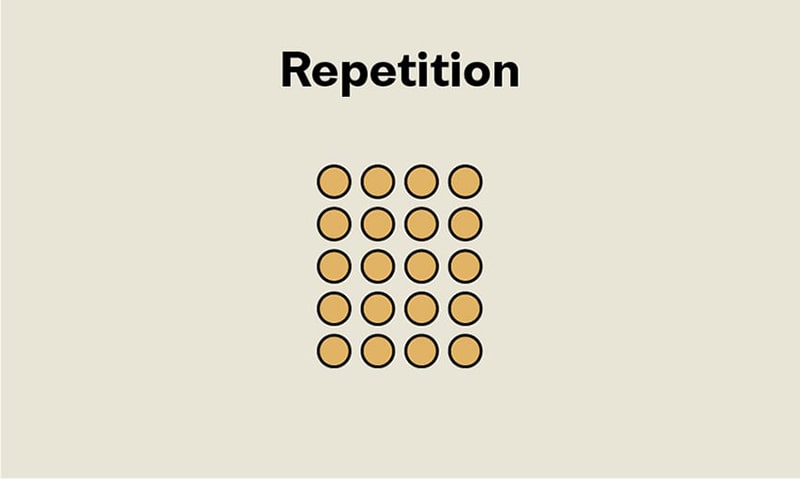
6. Balance
Balance is the visual look of a page. It’s also the way that elements are distributed (the distribution of space), organized (the organization of space), and placed on a page.
When designing, you have to consider how your design will look once it’s been viewed by many different kinds of people with different preferences and tastes. You don’t want just one element or aspect of your design to stand out above everything else—that would be a bad balance! Balance is achieved when all parts work together seamlessly as part of an overall design scheme.
Achieving balance in your designs means making sure everything looks proportional—no one element should be bigger than another, no matter how good that might seem at first glance. If something seems “off,” try rearranging elements until they’re in perfect proportions before moving on from there.

7. Hierarchy
Until you’ve mastered the art of hierarchy, it’s unlikely that your website will be able to capture and hold a visitor’s attention.
Hierarchy is the arrangement of elements in a design. It’s important because it helps guide the viewer’s eye, ensuring they don’t get distracted by too much visual stimulation or overwhelming information. As such, you should always think about which elements are most important on your page—and make sure that those elements stand out!

8. Typography
Typography is the art and technique of arranging type to make written language legible, readable and appealing when displayed. Good typography should be easy to read, and easy to understand. It’s also important that your font sizes are consistent throughout your website — for example, if you’re using a large font for one section of the text, then all other text should also be the same size or larger than this section.
There are many factors that go into making good typography decisions:
- Typeface selection (choosing a font): A good rule-of-thumb is that serifs (those little lines at the ends of letter strokes) help increase legibility in small print sizes (like body copy). Sans-serif fonts are generally easier on the eyes at large sizes like headers or title text because they’re simpler shapes with no extra details stealing attention from what you actually want people reading about!
- Font style: Some people prefer bolded headlines while others may find italicized titles more effective depending on their preferences; either way though it’s important not too overdo it since excessive use can make things look messy rather than polished/professional looking – this goes back again too having consistency between different elements so everything flows together properly without clashing colors or styles etcetera…
9. Color theory
Color theory is an important concept for web designers. It’s used to create contrast, harmony, and mood in design. By choosing colors that work well together, you can create a visual hierarchy and a clear brand identity.
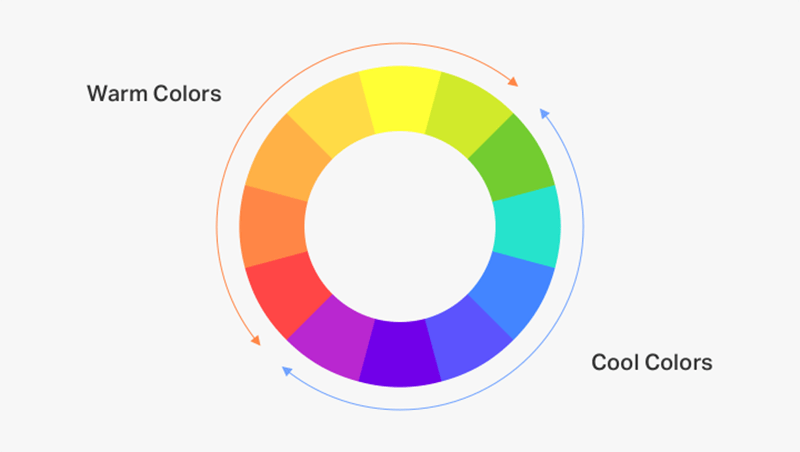
10. Space
Space is a design concept that is extremely important to understand. It can make elements look more balanced, help guide the user’s eye to important elements, and make the text easier to read.
For example, if you were designing a website with lots of content on it, it would be important to leave space between paragraphs so that your users can clearly see where one paragraph ends and another begins. This helps them better understand what they should be focusing on as well as makes it easier for them to follow along with what’s being said.
The same goes for images in your design: leaving some space around an image will draw attention away from any distracting backgrounds and onto whatever it is you’re trying to convey through the image itself (such as an idea or message).
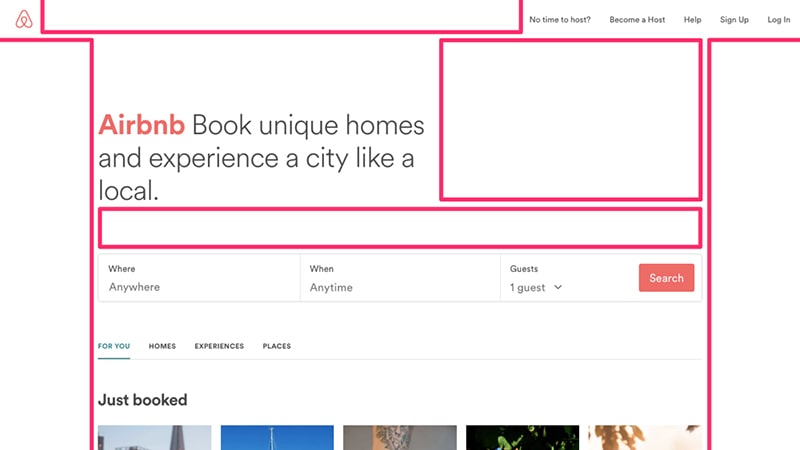
There’s a lot to keeping your website looking good and functioning well
To build a website that’s both beautiful and functional, it’s important to understand the needs of your audience, your business, and your client. You also need to know what kind of design you’re going for, how much time or money you have available, and what sort of budget constraints exist beyond those.
All these factors will help guide the design process as you move forward with building out your site. This can be overwhelming if you don’t know where to start! But fear not: we’re here with some tips on how designers approach these challenges from different angles—which should make things easier for everyone involved!
Conclusion
With these 10 design concepts in mind, you’ll be able to create a website that is both beautiful and functional. While each of these concepts can be used separately, oftentimes it’s best when they work together seamlessly. The best web designers always keep this in mind!


